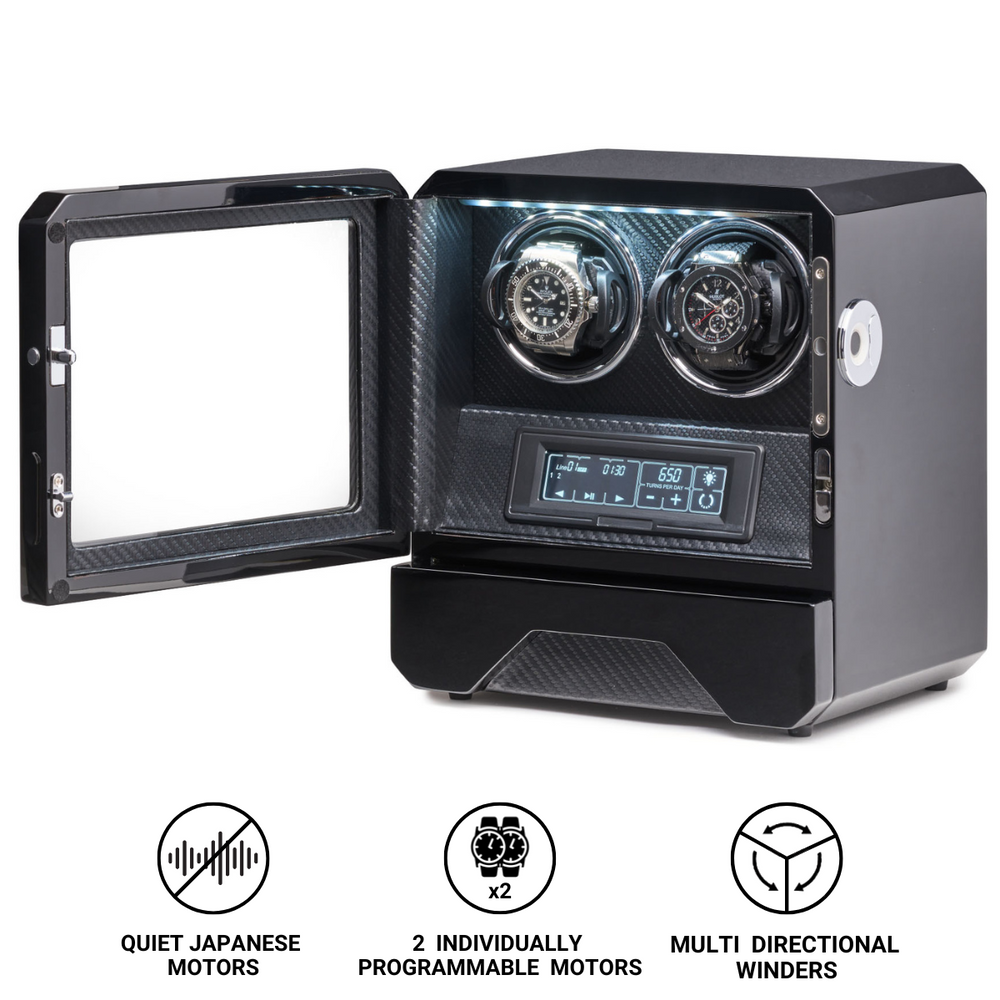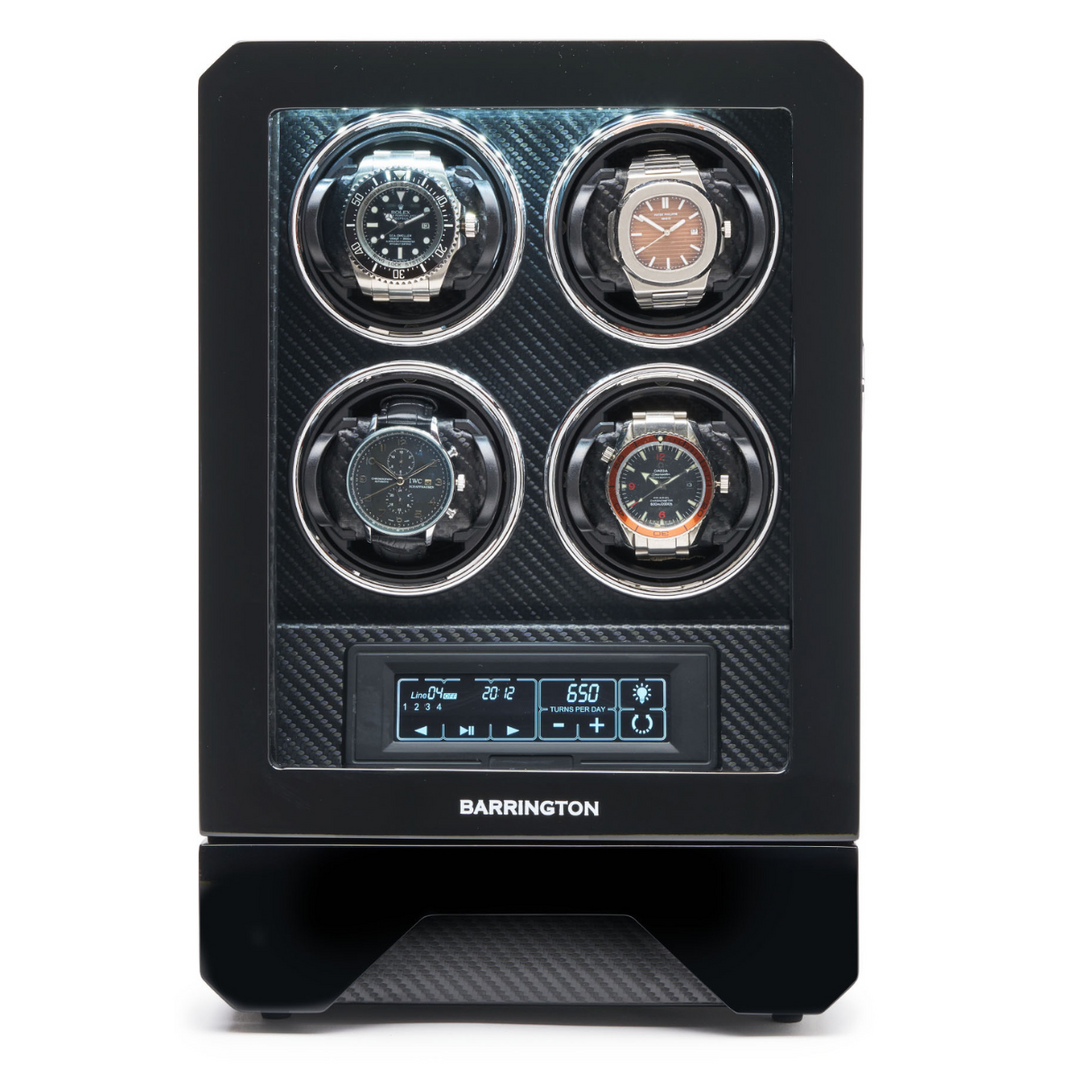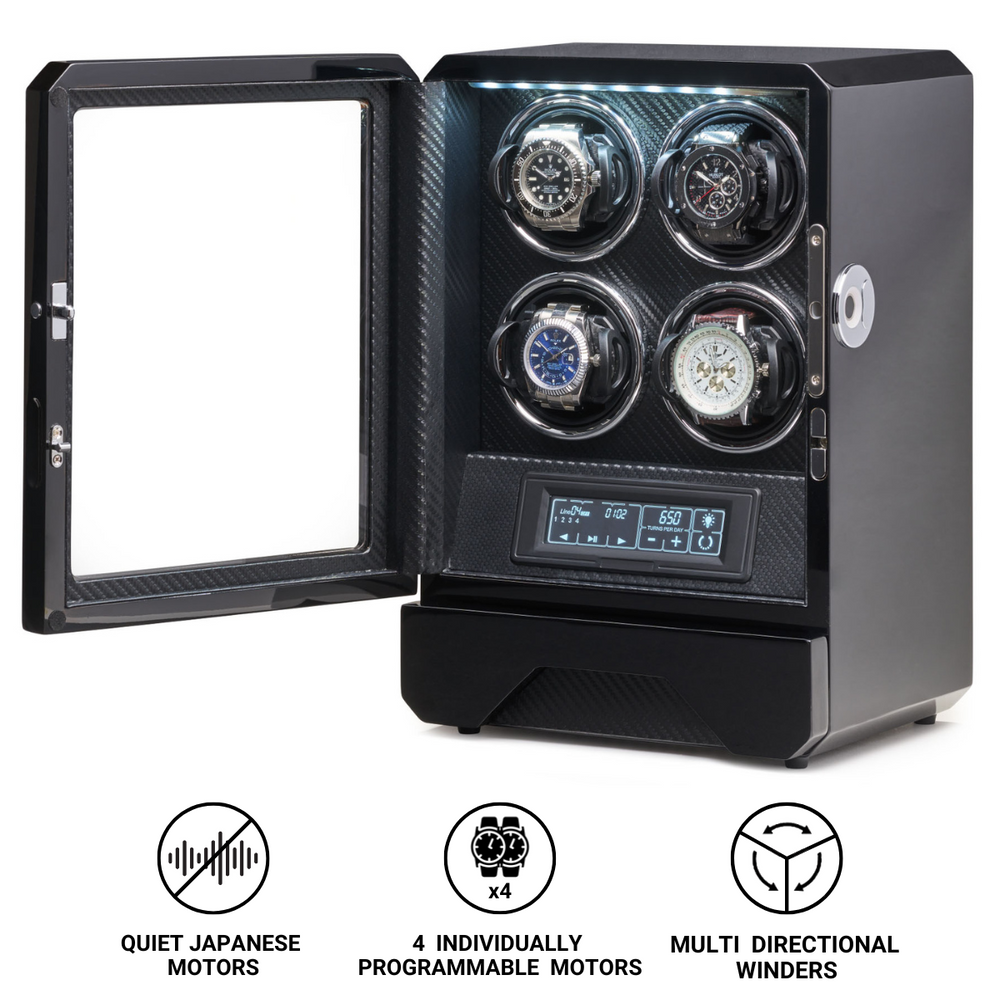What is Coin Edge Bezel?
Among the many design details that distinguish fine watches, few are as instantly recognisable and enduring as the coin edge bezel. Characterised by its finely serrated edge that resembles the milled sides of a coin, this bezel style combines visual refinement with practical utility. It reflects both aesthetic artistry and mechanical purpose, embodying centuries of watchmaking tradition while remaining relevant in contemporary design.
The coin edge bezel is more than a decorative flourish. Its tactile grooves provide grip for adjusting rotating bezels or securing fixed ones, while its shimmering pattern enhances the overall sophistication of the case. Whether seen on a vintage pocket watch or a modern luxury timepiece, the coin edge bezel remains a timeless expression of horological craftsmanship.
The Origins of the Coin Edge Design
The inspiration for the coin edge bezel can be traced back to the world of minting and engraving, long before the wristwatch existed. The milled or reeded edge was first introduced on coins in the 17th century to prevent clipping, a fraudulent practice where small amounts of precious metal were shaved from the edges of gold or silver coins. The ridged edge made tampering immediately visible and helped maintain the integrity of currency.
Watchmakers, always inspired by precision metalwork, adopted this design feature for its practical and aesthetic benefits. Early pocket watches often featured coin edge cases that allowed a firm grip when winding or opening the caseback. As wristwatches emerged in the early 20th century, the same decorative and functional appeal carried over to their bezels.
Over time, the coin edge became associated with refinement, a visual signal of meticulous machining and attention to detail. Its appearance on high-end chronometers, pilot’s watches, and dress timepieces cemented its place as one of horology’s most enduring stylistic elements.
Functional Purpose of the Coin Edge Bezel
While the coin edge pattern has strong visual appeal, its origins and continuing presence in watch design are deeply practical. The grooves along the edge provide a textured surface that allows the wearer to grip and rotate the bezel more easily.
This feature is particularly valuable in tool watches such as divers and pilot’s watches, where bezels often serve specific functions. On a diver’s watch, for instance, the rotating bezel is used to measure elapsed time underwater, and the fine serrations ensure that it can be manipulated even with wet or gloved hands.
In some watches, especially those with fluted or coin edge fixed bezels, the design also assists in assembly and maintenance. The textured perimeter allows watchmakers to secure or remove the bezel more easily during servicing without damaging the case.
Thus, what might appear as a purely decorative detail is, in fact, a legacy of functional engineering—a hallmark of the union between practicality and artistry that defines traditional watchmaking.
Visual and Aesthetic Appeal
Beyond functionality, the coin edge bezel has become a signature of elegance and craftsmanship. The repeating pattern of fine grooves catches the light at multiple angles, creating a shimmering effect that enhances the case’s dimensionality. Unlike smooth or polished bezels, which reflect light in broad flashes, the coin edge scatters it subtly, giving the watch a distinctive texture and visual rhythm.
This tactile pattern complements both classic and contemporary designs. On traditional timepieces, it evokes the refinement of early chronometers and pocket watches. On modern sports or aviation watches, it adds a technical precision that reinforces their instrument-like character.
The design also bridges the gap between the purely decorative and the purely utilitarian. While similar to fluted bezels—another style featuring ridges or grooves—the coin edge typically exhibits finer, more closely spaced teeth. This gives it a restrained, understated appearance, making it suitable for both professional tool watches and formal dress pieces.
Coin Edge vs Fluted Bezel
The coin edge bezel is often compared to the fluted bezel, and though they share similarities, they differ in both purpose and execution.
The fluted bezel, associated most famously with brands such as Rolex, is more decorative and features wider, angled grooves that create a bolder, more reflective surface. Traditionally, fluted bezels were functional as well, designed to screw the bezel to the case to ensure water resistance. Over time, they became a purely aesthetic signature, particularly in gold watches.
The coin edge bezel, on the other hand, is defined by its finer and more uniform serrations. These smaller ridges give it a more subtle and refined look, while also improving grip. The effect is reminiscent of a milled coin edge rather than a deeply cut, reflective pattern.
In summary, while both designs reflect a shared lineage of craftsmanship and geometry, the coin edge bezel leans more towards precision and utility, whereas the fluted bezel exudes decorative luxury.
The Craftsmanship Behind the Coin Edge Bezel
Creating a perfect coin edge bezel requires extraordinary precision. Each ridge must be evenly spaced, sharply defined, and aligned with the curvature of the bezel. This demands both advanced machinery and skilled finishing, as even minor inconsistencies in spacing or depth can disrupt the symmetry and visual flow.
Typically, the pattern is produced through precision knurling, a metalworking process that cuts or rolls the fine grooves into the bezel’s surface. High-end watchmakers often refine these patterns by hand, ensuring that every ridge catches light uniformly.
After knurling, the bezel is polished or brushed according to the desired aesthetic. Polished coin edge bezels create a bright, mirror-like sparkle, while brushed or satin-finished ones offer a subtler, more industrial texture. In some cases, watchmakers apply different finishes to the ridges and grooves to accentuate contrast and depth.
The level of craftsmanship required to execute this design well is a testament to traditional horological artistry. A perfectly machined coin edge bezel embodies the precision, patience, and skill that define the finest watchmaking.
Use in Different Watch Categories
The coin edge bezel has been embraced across a wide spectrum of watch types, from elegant dress watches to robust tool watches. Its adaptability and timelessness make it one of the most versatile design features in horology.
-
Dress Watches
On formal or classical timepieces, the coin edge bezel provides a touch of texture without overpowering the dial. It adds a sense of refinement that complements slim cases and minimalist aesthetics. Brands such as Breguet, Vacheron Constantin, and Longines have used coin edge designs to enhance the sophistication of their traditional collections. -
Pilot and Military Watches
In aviation and military timepieces, the coin edge bezel offers superior grip, especially in challenging conditions. Historic models from brands like IWC, Zenith, and Breitling utilised this design for functional bezels, combining practicality with a distinctive appearance. -
Diving and Sports Watches
For divers, the coin edge bezel’s precision grip is essential for underwater timing. Modern manufacturers like Seiko, Omega, and Tudor continue to employ this design to ensure reliable handling and visual appeal, often combining it with luminescent markings or ceramic inserts.
This versatility has allowed the coin edge bezel to transcend its origins, making it a staple across multiple genres of watch design.
Iconic Watches Featuring Coin Edge Bezels
Throughout history, several models have become synonymous with the coin edge bezel, demonstrating its enduring popularity and influence.
-
Breguet Classique Collection: Perhaps the most iconic use of the coin edge design, Breguet’s watches feature finely milled bezels that have become a hallmark of the brand. Their delicate patterning pays homage to 18th-century craftsmanship and remains one of the purest expressions of traditional horology.
-
Omega Seamaster 300 and Railmaster: Omega’s classic tool watches incorporate coin edge bezels that balance functionality with understated beauty, echoing their mid-century origins.
-
IWC Pilot’s Watches: The brand’s aviation models, particularly from the early to mid-20th century, utilised coin edge bezels to improve operability in gloved conditions.
-
Longines Heritage and Vacheron Constantin Historiques Lines: These collections reinterpret historical designs, where coin edge bezels play a vital role in evoking authenticity and period elegance.
From high horology to practical instruments, these examples illustrate how the coin edge bezel bridges eras, functions, and aesthetics.
Symbolism and Legacy
The coin edge bezel carries a symbolic weight that transcends its physical form. It represents a lineage of craftsmanship stretching back to the earliest precision instruments. Its association with coins links it metaphorically to value and integrity, qualities that align perfectly with fine watchmaking.
Moreover, the pattern itself evokes the idea of measurement and regularity—principles at the heart of timekeeping. Its uniform ridges remind us that precision is not merely functional but also beautiful. The bezel thus serves as a tangible connection between the artistry of design and the science of accuracy.
The Coin Edge Bezel in Modern Watchmaking
In today’s horological landscape, where materials such as ceramic, titanium, and carbon fibre dominate, the coin edge bezel remains a reminder of tradition. Modern technology allows manufacturers to reproduce its intricate texture with remarkable consistency, yet the essence of the design remains unchanged.
Contemporary brands often reinterpret the coin edge pattern in new materials and finishes. Some use titanium or DLC-coated steel for a modern, matte look, while others integrate ceramic or bronze bezels with coin edge detailing for a fusion of heritage and innovation.
Despite these variations, the underlying appeal remains timeless: the pattern’s tactile quality, the play of light on its surface, and the sense of continuity it brings to the watch. It continues to symbolise meticulous engineering and understated luxury.
Conclusion
The coin edge bezel is a masterpiece of functional beauty, bridging centuries of horological evolution. Born from a practical need for grip and precision, it has become a symbol of refinement, craftsmanship, and enduring style. Its delicate serrations tell a story of human ingenuity, where form and function merge into one harmonious design.
From Breguet’s classical masterpieces to the rugged instruments of military aviation, the coin edge bezel has graced some of the most significant watches in history. Its enduring presence on the wrists of collectors and enthusiasts alike testifies to its universal appeal.
In a world of constant innovation, the coin edge bezel remains a timeless reminder that true elegance lies in detail. It is the perfect example of how watchmaking transforms utility into art—one finely cut groove at a time.









